If you’ve read enough online articles on job seeking, you may have come across the phrase “personal branding.” You may have read — or been told — to do it on resumes, in cover letters and in interviews. But what is it? And how do you do it … or more specifically, how do you do it without coming off as arrogant or excessively motivated? Here’s a way to make sense of this trendy job-seeking behavior.

Personal Branding is What You Offer
Personal branding is trendy. A lot of applicants, confused by the phrase and thinking of a social media profile, will interpret personal branding to mean they should add interesting tidbits about themselves, like their hobbies, as if employers care about their personal lives. But those applicants are mistaken. Employers care about your personal lives only so far as you’re happy and you’re prepared to work. Beyond that, they care only about your ability to contribute to their company. Your personal branding (for employers) is essentially that.
Be Consistent Throughout the Process
A personal brand does not significantly change from job application to job application. While you certainly must tailor (change and focus) your resume and cover letter to the requirements of the job to which you’re applying, your personal brand should be anchored to your values, ethics and goals. If part of your personal brand is the dedication and work ethic you learned in the military, you should cite those virtues. This can be offered in your cover letter, on your resume, in your interview and when you meet your new boss. It helps all the people who are discussing whether to hire you by giving them a simple, attractive label. They will associate you with the good qualities that you’re offering.
Put another way, personal branding is the quality you bring to the job. It may be experienced if you are bringing specialized technical knowledge from your military training into a civilian job. For most veterans, however, it will be your attitude or quality, those special traits you developed in the military. You must write your experiences so they focus on the experience required in the job posting. But your good traits, and the adjectives you use to describe them, come from personal branding.
By tying focused resume bullets to your brand, you reinforce the positive traits that you offer and to recruiters. They will view your particular contributions will best help the company. You emphasize them to the point that whenever they think about virtue in your personal brand, your name comes to mind first.
Personal Branding Should Be Simple
There’s no way to break this tip gently. You simply don’t have a lot of time or space on your resume/cover letter to impress an employer. Anything over two pages on a resume, or one page on a cover letter, is likely to get passed up. Try to cheat the system by shrinking your font and expanding your margins, and your documents will look cluttered and difficult, and will probably end up on the “pass pile” with the three-page resumes and cover letters. There’s a reason why resume-building sites recommend using no more than the first third of your resume for personal branding.
Remember that you probably need to leave as much room as possible for those experience bullets, because they may need a bit more explanation to civilian employers. So break it down to two or three sentences. Use bold adjectives. And don’t focus on experience so much as the trait it gave you: employers won’t think you’re special because you served in combat, but they will think you’re special if you developed quick decision-making skills in combat.
The personal branding portion of a cover letter is more fleshed out than what you put on a resume. A cover letter is more about your quality than your experience. However, “more fleshed out” doesn’t mean more detailed — it shouldn’t contain details of your experience. It should explain in more depth the virtues and values you will bring to the company.

Standing Out Correctly
Used properly, your personal brand creates a narrative for you, a story that makes you seem like a complete person instead of a dry list of experience bullets, skills, and virtues. This is important because people overwhelmingly reduce others to a certain “type” of person. This type is linked to whatever narrative is available. Think about your own acquaintances: you probably think of them as their job (“the personal trainer”) or as some significant fact about them (“the guy who crashed his motorcycle”). That’s exactly the way recruiters will organize you and the other candidates in their minds.
Creating a simple, powerful narrative will put a picture of you in the head of a recruiter or an employer. That picture is more lasting than even the best bullets or the most amazing prior successes. Your personal brand creates the narrative and the skeleton of that picture. Carrying your personal brand through the experience bullets, the cover letter, and the interview fills in that picture.
An example of a personal branding paragraph is:
“Experienced former Marine Communications Specialist. Extremely hard-working and able to thrive in any environment, as demonstrated by success building and maintaining computer, network and radio communications during two combat deployments to Afghanistan. Able to work well with a variety of people. Committed to the success of my projects and dedicated to serving the needs of customers.”
This short paragraph clearly “brands” the writer as a desirable addition to any communications team. It’s easy to remember because it emphasizes the success in building networks in adverse circumstances. Down the line, when a human resources manager asks who are the front-runners for the job, someone is sure to pipe up about the hard-working Marine combat communications specialist.
READ NEXT
(VIDEO) Submit to G.I. Jobs Today!







